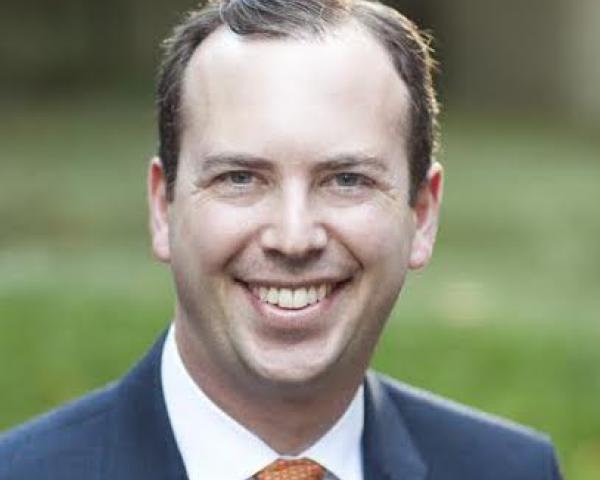Just sixteen years ago,
Tropical Storm Allison struck Houston, killing 23 people, dropping more than three feet of rain in some areas, flooding 73,000 homes and causing $5 billion of dollars in damage. For people whose homes were flooded in 2001, it is hard to imagine a more tangible or compelling argument for flood insurance. Surely, someone who suffered catastrophic flood damage would protect themselves with optional flood coverage, right? Yet, when Hurricane Harvey hit on August 25
th,
Houston's Harris County had
25,000 fewer flood-insured properties than it did in 2012. Across Houston, the number of flood insurance policies fell from 133,000 to 119,000 – an 11 percent drop in the past five years despite a
4.5 percent increase in population.
All of this is a succinct lesson for the investors and innovators who told me at last year’s
Insuretech Connect conference that they were frustrated by the lack of real product innovation. Indeed, if Insuretech 1.0 focused on new distribution strategies, such as online aggregators; and Insuretech 2.0 included new internal competitive advances, such as new approaches and tools for underwriting, claims, and risk management, including IoT advances; then, if Insuretech 3.0 is product innovation, it will need to be more thoughtful than product innovation in non-insurance sectors, at least for personal lines.
Indeed, successful insurance product innovation is about picking your battles. At
OneTitle, for example, we leveraged an existing mandate (title insurance) and maintained accepted policy forms and coverages, but innovated on virtually every other lever.
See also: Harvey: First Big Test for Insurtech
Insurance startups, innovators and early stage investors will face a battle if they focus on optional, creative or expanded personal lines coverage options targeting more than a niche population. Tropical Storm Allison already tried—and failed—to convince Americans to buy optional coverage by dumping four feet of water into 73,000 living rooms. It is hard to imagine an insuretech coming up with a more compelling argument than that.
Before you howl about the value of risk avoidance or peace of mind: consider the transaction from the consumer’s perspective. For most, buying insurance is the only commercial transaction that amounts to paying money and receiving nothing in return. As Harvey shows, even making a large claim just 16 years ago is not enough to counteract the consumer’s view that, absent a claim, they receive nothing in return for their premium dollars.
Absent government or third-party mandates, aggregate insurance premiums paid directly by consumers would shrink dramatically. The vast majority of consumers don’t buy insurance – regardless of whether it’s in their best interest – unless they are forced to do so by law or by a third party like a mortgage lender or a landlord. And they don’t show any signs of changing their behavior. Most consumers vastly underweight risk avoidance and peace of mind, even when the risk is as obvious as a flood experienced only 16 years ago. P&C call center veterans tell stories of policyholders who call to request a refund since they didn’t have a claim that year.
Insuretechs, insurance startups and investors would be wise to understand this as they rush to bring more consumer-friendly insurance products to market. There are important opportunities for insurance innovation, but product innovation in mass market personal lines must be viewed through the lens of legal or other mandates. Without that mandate, a new product category or expanded coverage is unlikely to appeal to more than a relatively niche market.
The lack of flood insurance in Houston is only the most recent example of consumers’ willingness to give up valuable coverage in order to avoid spending money on insurance. In 2015, for example,
6.5 million taxpayers paid an average penalty of $470 rather than purchase required health insurance under the ACA.
Viewed a different way, the ACA requires most consumers without employer-paid or other forms of health insurance to select from a menu of insurance choices. The penalty is effectively the least expensive “plan.” It costs $470 and offers no coverage. In the metallically-named ACA plans, this one ought to be named “Lead.” The next least expensive option—Bronze—cost an average of
$1,746 after tax credits in 2015. But, 6.5 million adults placed so little value on health insurance that they selected the least expensive “plan” despite an explicit understanding that they would actually receive nothing more than legal compliance in return.
See also: Getting to ‘Resilient’ After Harvey and Irma
Auto insurance tells a similar story: 32.6 percent of drivers have either
no liability insurance (12.6 percent) or carry
only the state minimums which, at $25,000 or less in coverage in most states, offer only a veneer of coverage. As an aside, this may be unintentionally rational given that
30.2 percent of American households have a total net worth of less than $10,000, making them effectively judgement-proof.
Of course, there is real opportunity for innovation in insurance, including product innovation. At
OneTitle, for example, we started with a mandated product—title insurance—and formed a full stack insurer specifically to ensure that we had the control and flexibility to innovate on price, service delivery, distribution model and efficiency levers.


